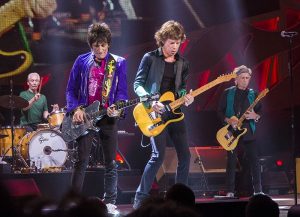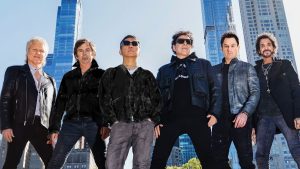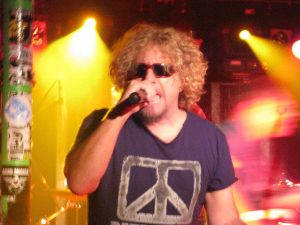Revving Up the Engine: The Cars Prepare to Release New Music Honoring Ric Ocasek
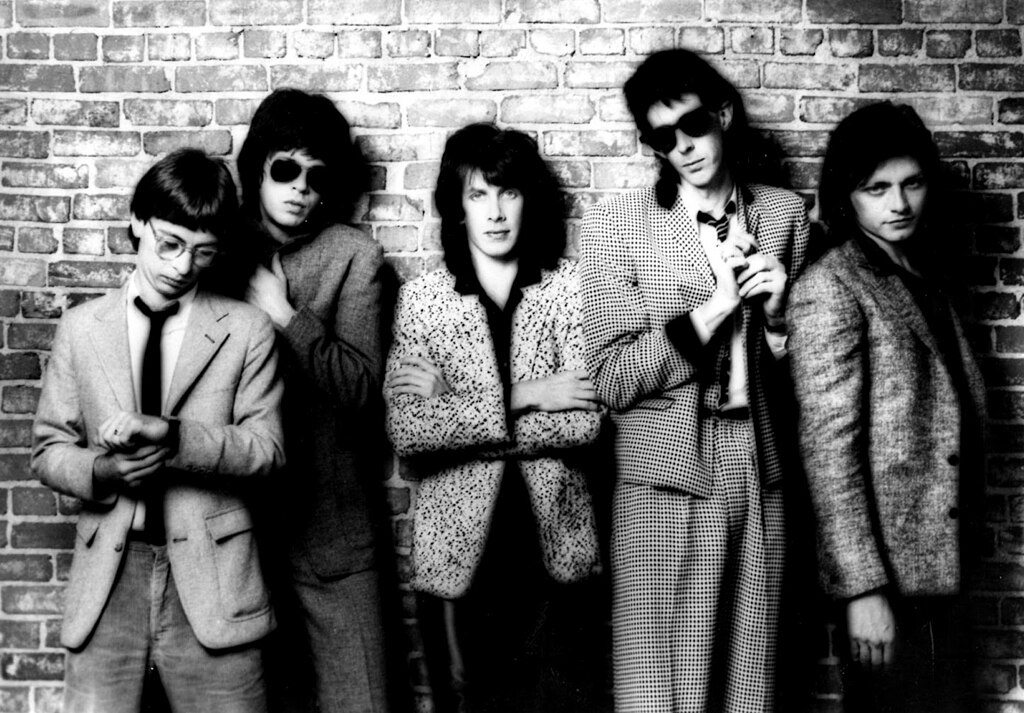
In a development that has taken rock fans (including myself!) by surprise, the surviving members of The Cars have revealed they are actively working on a collection of new songs. These tracks draw directly from the creative vault of the band’s late frontman, Ric Ocasek, who passed away in 2019. The announcement, detailed in a comprehensive new biography of the band, offers fans a tantalizing glimpse of unfinished business from one of the most influential acts of the late twentieth century. As keyboardist Greg Hawkes, guitarist Elliot Easton, and drummer David Robinson breathe life into Ocasek’s demos, the project stands as both a tribute and a bold continuation of The Cars’ signature sound. With over two dozen pieces in play, some dating back decades, this endeavor promises to bridge the past and present in unexpected ways.
The news surfaced prominently in Bill Janovitz’s book, The Cars: Let the Stories Be Told, published in late September 2025. Janovitz, a longtime music journalist and author of acclaimed works on artists like My Bloody Valentine, weaves together oral histories from the band’s core members to chronicle their journey. In the book’s final chapter, he discloses the ongoing studio efforts, painting a picture of quiet determination amid personal loss. “They were all optimistic that disagreements about Cars business would not get in the way of giving their fans unheard Cars music,” Janovitz writes, capturing the spirit of collaboration that defined the group.
This revelation has sparked immediate buzz on social media platforms like X, where fans and rock enthusiasts have shared clips of classic hits alongside speculation about what these resurrected tracks might sound like.
Fan enthusiasm underscores the enduring appeal of The Cars, a band whose sleek, angular riffs and witty lyrics continue to resonate more than four decades after their debut.To fully appreciate this moment, it is essential to trace The Cars’ remarkable path from Boston’s gritty club scene to global stardom.
The band coalesced in 1976, born from the fertile ground of the city’s punk and new wave underbelly. Ric Ocasek, a lanky poet with a deadpan delivery, had already tasted minor success with his folk rock outfit Milkwood and the protopunk Modern Lovers, where he met bassist Benjamin Orr. The two shared a knack for blending cerebral lyrics with infectious hooks, a chemistry that would become The Cars’ hallmark. They recruited guitarist Elliot Easton, whose fluid solos added a layer of virtuosity; keyboardist Greg Hawkes, who brought electronic textures inspired by Kraftwerk and Brian Eno; and drummer David Robinson, a steady force from the Modern Lovers era.
Their self titled debut album arrived in 1978 via Elektra Records, a bolt from the blue that captured the zeitgeist of post punk experimentation. Produced by Roy Thomas Baker, known for his work with Queen, the record fused power pop melodies with icy synth washes and Ocasek’s signature nasal croon. Tracks like “Just What I Needed,” “My Best Friend’s Girl,” and “Night Spots” rocketed up charts, earning the band a Grammy nomination for Best New Artist. The album’s cover, a stark black and white photo of a Rolls Royce under a disco ball, mirrored their aesthetic: luxurious yet detached, glamorous but aloof. Critics hailed it as a masterclass in tension, with Rolling Stone declaring it “the finest American rock debut since the Stones’.”
The momentum carried into 1979’s Candy O, another Roy Thomas Baker production that refined their formula with sharper edges. Hits such as “Let’s Go” and the title track showcased Orr’s smoother baritone on lead vocals, alternating seamlessly with Ocasek’s quirkier style. By 1980, Panorama pushed boundaries further, delving into darker, more experimental territory with tracks like “Gimme Some Slack” and the sprawling “The Dangerous Type.” Though it sold fewer copies than its predecessors, the album solidified The Cars’ reputation as innovators unwilling to rest on laurels. Shake It Up in 1981 brought a more radio friendly sheen, with “Shake It Up” becoming a staple of early MTV, where the band’s crisp visuals fit perfectly into the network’s nascent format.
The pinnacle came with 1984’s Heartbeat City, a blockbuster that blended their new wave roots with polished 1980s production. Working with Robert John “Mutt” Lange, the team behind Def Leppard’s pyrotechnics, they crafted anthems that defined the decade. “You Might Think,” with its groundbreaking computer animated video, won the first MTV Video Music Award for Best Concept. “Drive,” a haunting ballad sung by Orr, topped charts during a summer of MTV dominance and later became synonymous with humanitarian causes after its use in a 1987 Amnesty International concert film. “Hello Again” and “Why Can’t I Have You” rounded out a collection that sold over four million copies in the United States alone.
At their commercial zenith, The Cars embodied the bridge between punk’s raw energy and pop’s glossy allure, influencing everyone from Weezer to the Killers. Even so, success bred internal tensions. By 1987’s Door to Door, creative disagreements simmered, and the band dissolved after a grueling tour. Ocasek pursued a solo career, releasing introspective albums like This Side of Paradise while moonlighting as a producer for acts including Weezer, No Doubt, and Bad Religion. Orr fronted his own group, the New Cars, in 2005, teaming with Todd Rundgren and Prairie Prince for a brief revival. Easton and Hawkes dabbled in side projects, but the original lineup’s magic seemed confined to memory.
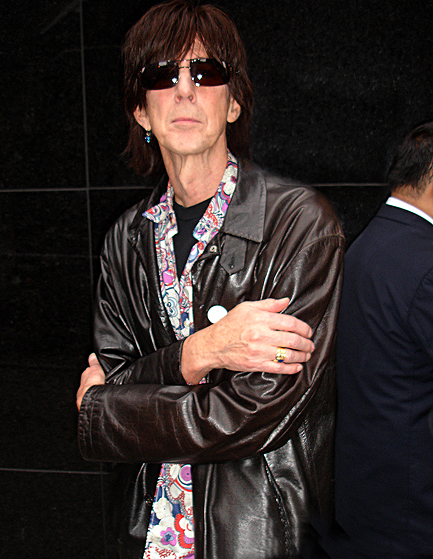
Tragedy struck first in 2000 when Benjamin Orr succumbed to pancreatic cancer at age 53. His death cast a long shadow, robbing the band of its dual vocal dynamic and Orr’s charismatic stage presence. Ocasek, ever the stoic leader, channeled grief into occasional reunions. In 2010, the remaining quartet announced a comeback, culminating in 2011’s Move Like This. The album recaptured much of their old spark, with tracks like “Sadness” earning praise for their emotional depth. Critics noted Ocasek’s matured songwriting, tempered by loss, and the record debuted at number seven on the Billboard 200.
Their final collective milestone came in 2018 with induction into the Rock and Roll Hall of Fame, a ceremony where Ocasek’s wry humor shone through in acceptance speeches. In September 2019, Ric Ocasek was found dead in his New York City apartment at age 75, the victim of cardiovascular disease. The loss felt seismic, not just for fans but for the music world at large. Ocasek’s production credits alone touched generations, from Nirvana’s raw edge on Nevermind to the Pixies’ surreal pop. Without him, The Cars appeared consigned to the archives, their story one of triumphs and untimely ends.
Enter the revelations in Janovitz’s book, which arrived like a phoenix from those ashes. A few years after Ocasek’s passing, Hawkes received a cache of more than two dozen demos from a trusted associate of the late singer. These were no rough sketches but polished studio recordings, spanning Ocasek’s prolific career. Some echoed the punchy riffs of The Cars’ heyday, while others veered into uncharted territory, including lounge inspired jazz experiments. The surviving trio, undeterred by logistics, dove in. Hawkes enlisted producer Ed Valauskas and engineer Joel Edinberg to refine the material, laying foundational tracks before looping in Robinson and Easton.
Easton’s involvement kicked off in August 2024, when he layered guitar parts onto selections like “Can’t Stop the Rain,” a discarded gem from the Candy O era. Janovitz describes Easton’s twenty five second solo on the tune as “sure to put smiles on the faces of fans,” a moment that transforms Ocasek’s demo into quintessential Cars fare.
Other highlights include “The Factory” and “One by One,” the latter reportedly Ocasek’s final composition. “Crossing the Line” and “Crazy Over You” hint at a jazz standards project Ocasek toyed with, adding a loungey twist to his oeuvre. Most poignant is “I Just Can’t Stay,” a pre-Cars ballad featuring vocals from both Ocasek and Orr, a ghostly reunion that bridges eras.
While no firm release date has been set, the band and the estates of Ocasek and Orr express confidence in navigating any contractual hurdles. Janovitz’s account conveys a sense of catharsis, with the members viewing the work as a labor of love rather than obligation. “Some sound more like classic Cars than others,” he observes, teasing the variety within the vault.
This project arrives at a poignant juncture for classic rock legacies. Bands like Journey and Foreigner have leaned on holograms and archival footage to tour without founders, but The Cars’ approach feels more organic: real instruments over virtual ones, living musicians honoring the departed. It echoes the ethos Ocasek embodied, one of innovation without gimmickry. As Easton reportedly added a transformative hook to one track, Janovitz mused, “Along with Greg’s synth part, that’s how the band took Ric’s demos and turned them into Cars songs.”
In doing so, they ensure The Cars’ engine keeps humming, delivering fresh fuel from an old tank. For longtime listeners, the prospect evokes a mix of anticipation and melancholy. Will these songs capture the thrill of “Drive” under stadium lights or the sly wit of “My Best Friend’s Girl”? Whatever form they take, they reaffirm The Cars’ place in the pantheon, a band that soundtracked adolescence for millions while subtly reshaping rock’s landscape. As Janovitz’s book lays bare, their story is far from over. With Ocasek’s voice poised to emerge once more, backed by the hands that built the originals, fans can look forward to a drive down memory lane, one with unexpected turns ahead.
